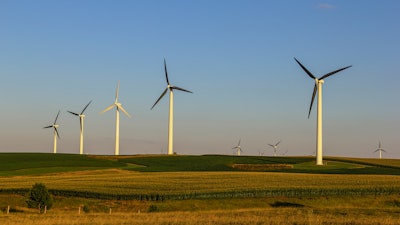
The U.S. Energy Information Administration recently unveiled its Preliminary Monthly Electric Generator Inventory showing that installed wind electric generating capacity in the United States has surpassed conventional hydroelectric generating capacity, long the nation’s largest source of renewable electricity. The hydro fleet’s higher average capacity was a leading contributor.
Wind and hydro generation both follow strong seasonal patterns. Hydro generation typically reaches its seasonal peak in the spring and early summer, especially in the Pacific Northwest and California where about half of U.S. hydropower is produced. Wind generation typically peaks in the spring with a smaller peak in late fall and early winter.
The Pacific Northwest and California have a slightly different seasonal pattern for wind resources, with generally only one peak in the early summer. Additionally, the Electric Reliability Council of Texas (ERCOT) system, which covers most of Texas, continues to set records for the highest level of wind generation on any U.S. electric system.
Compared with other electricity generating sources, such as nuclear, geothermal and combined-cycle natural gas, hydro and wind have lower average capacity factors (i.e., generation output as a percentage of total generating capacity). Both sources are also sensitive to fluctuations in weather conditions.
For electricity reliability planning purposes, hydro and wind capacity are reduced (or derated) when estimating their expected contributions to meet projected peak-period electricity demand. Hydro capacity is generally derated to a much lesser degree than wind.






















